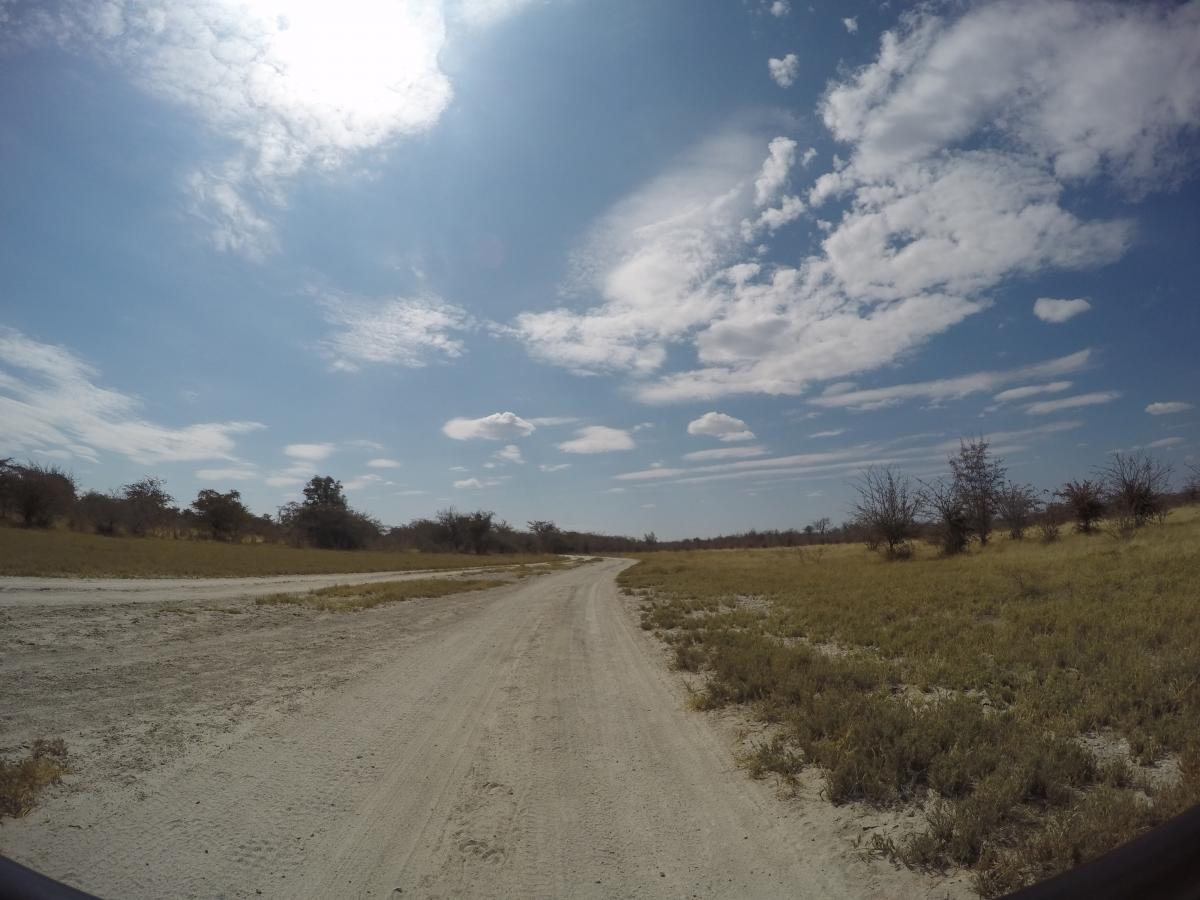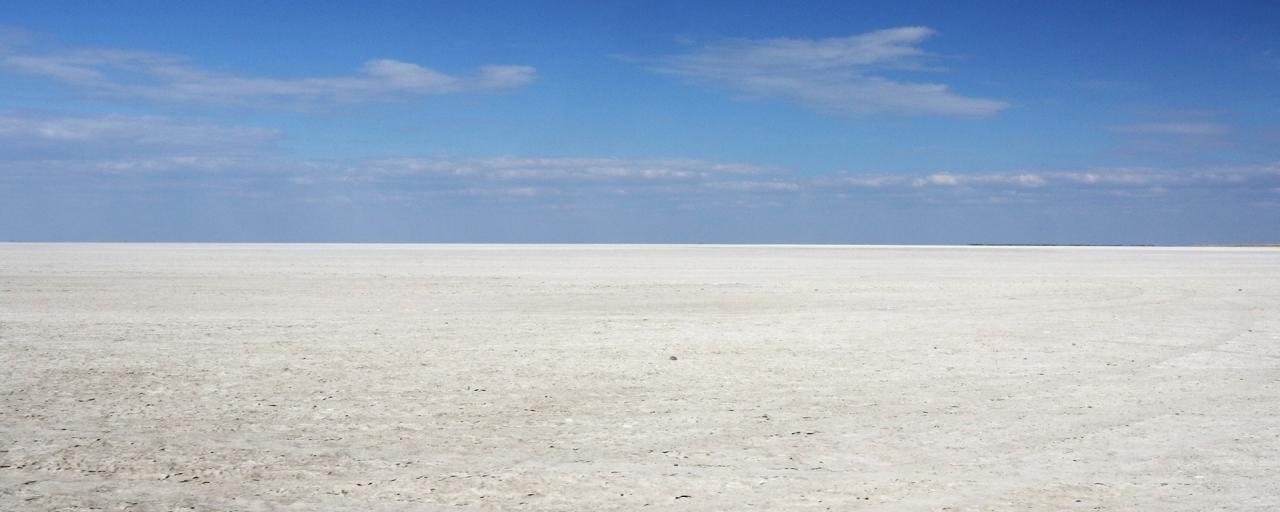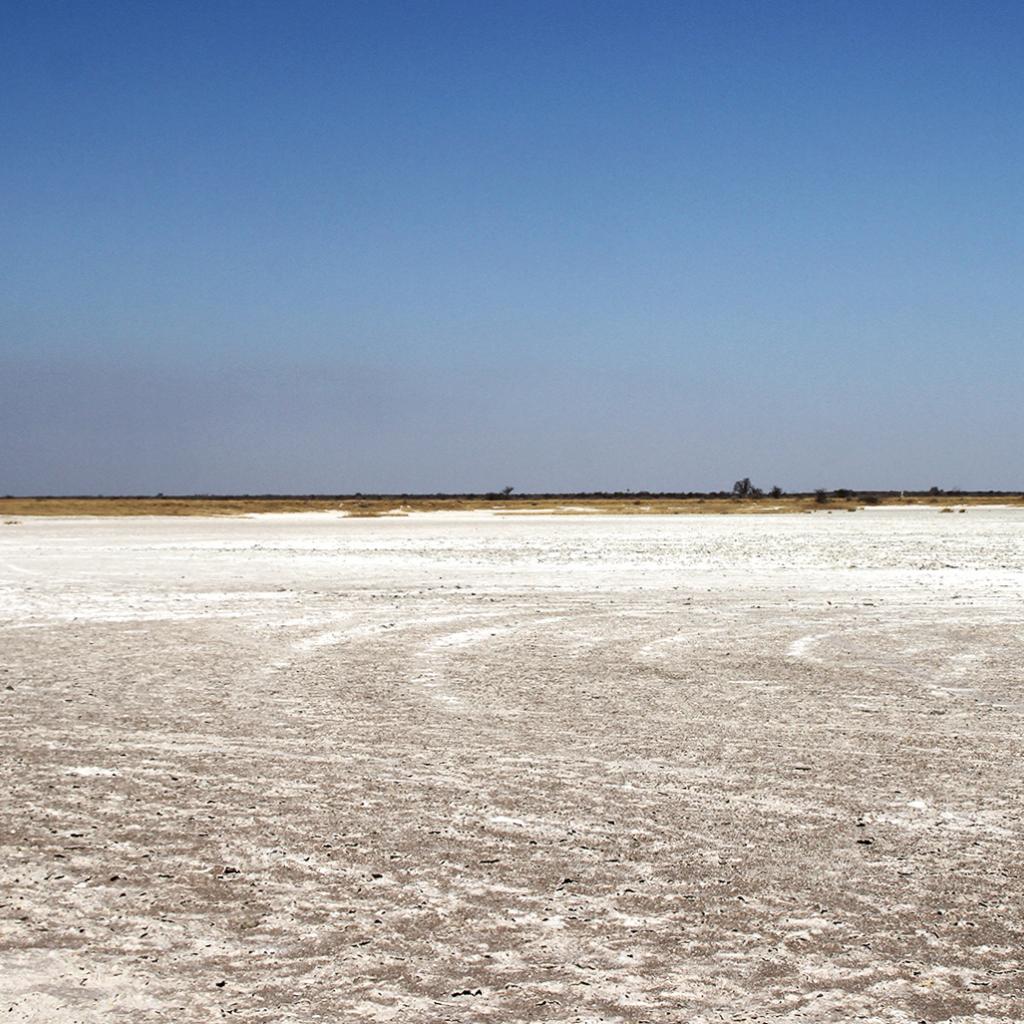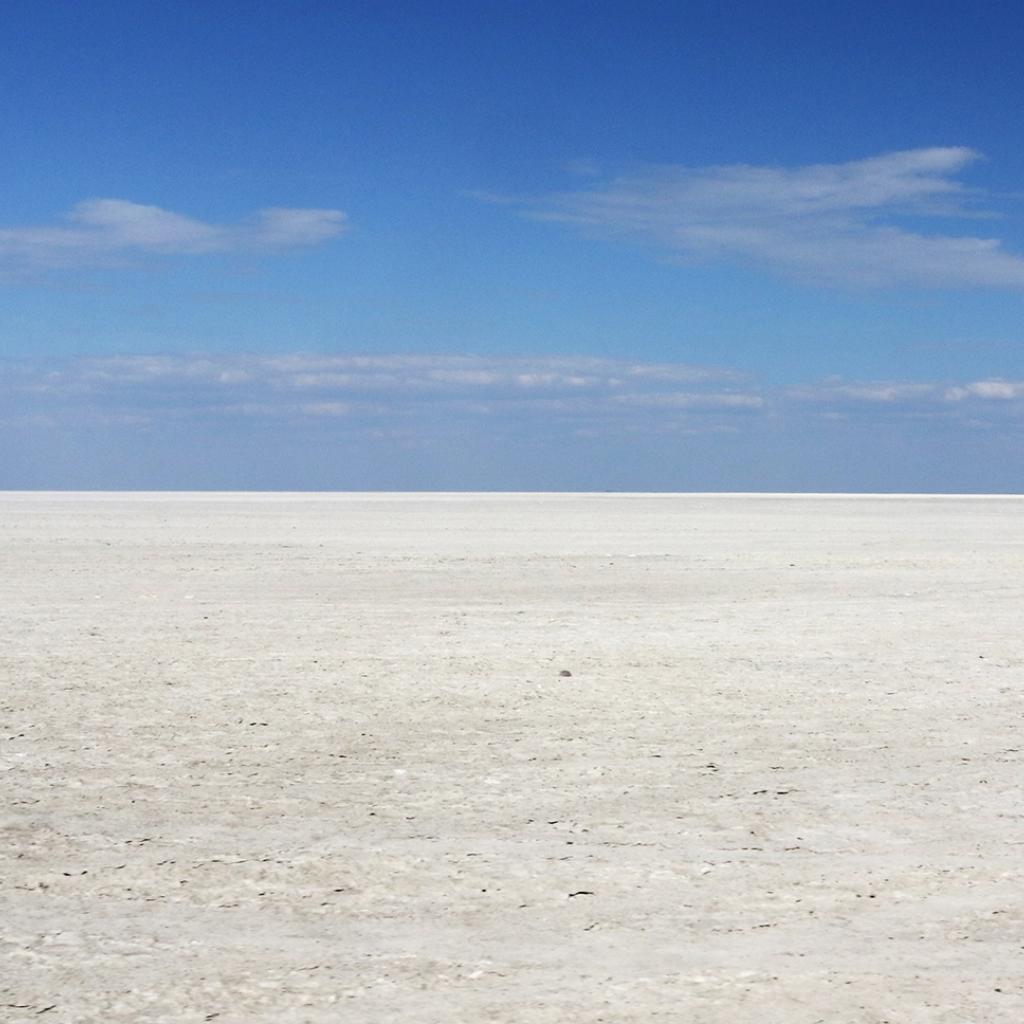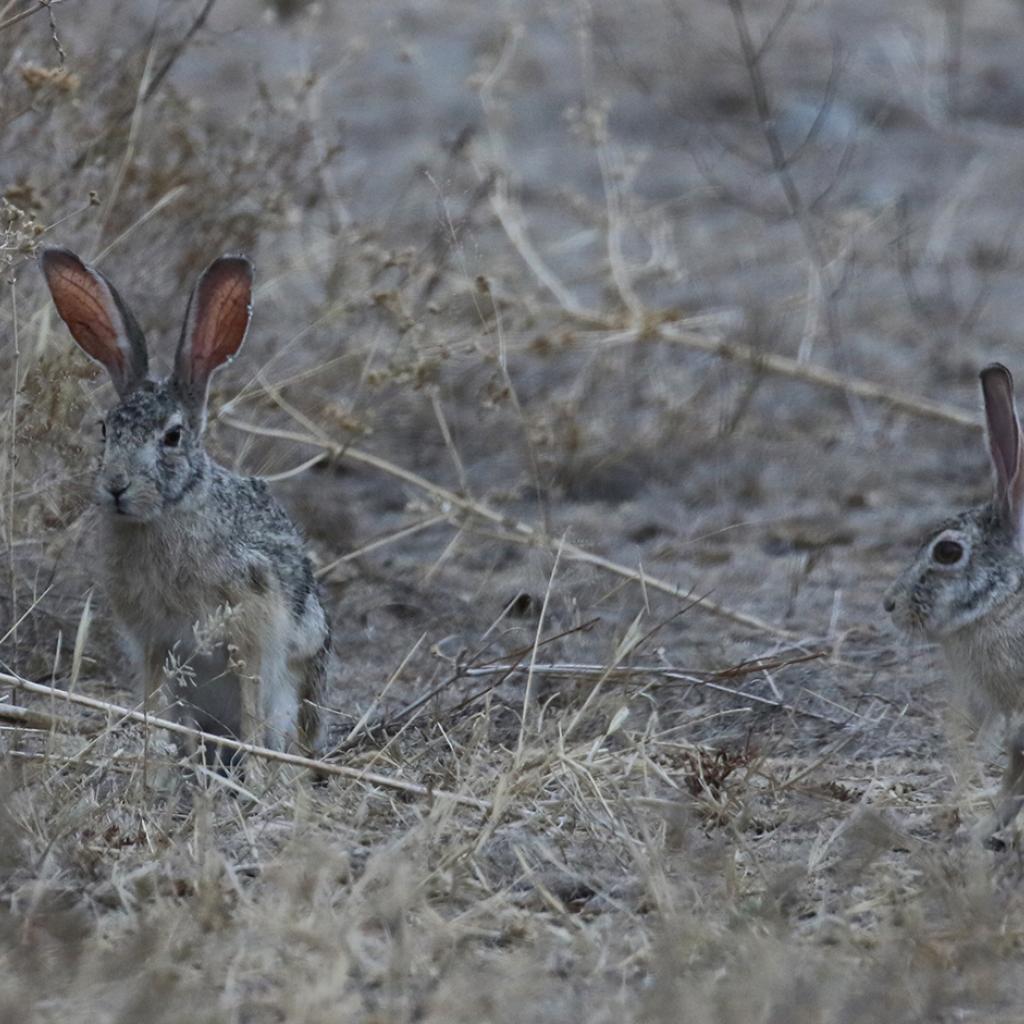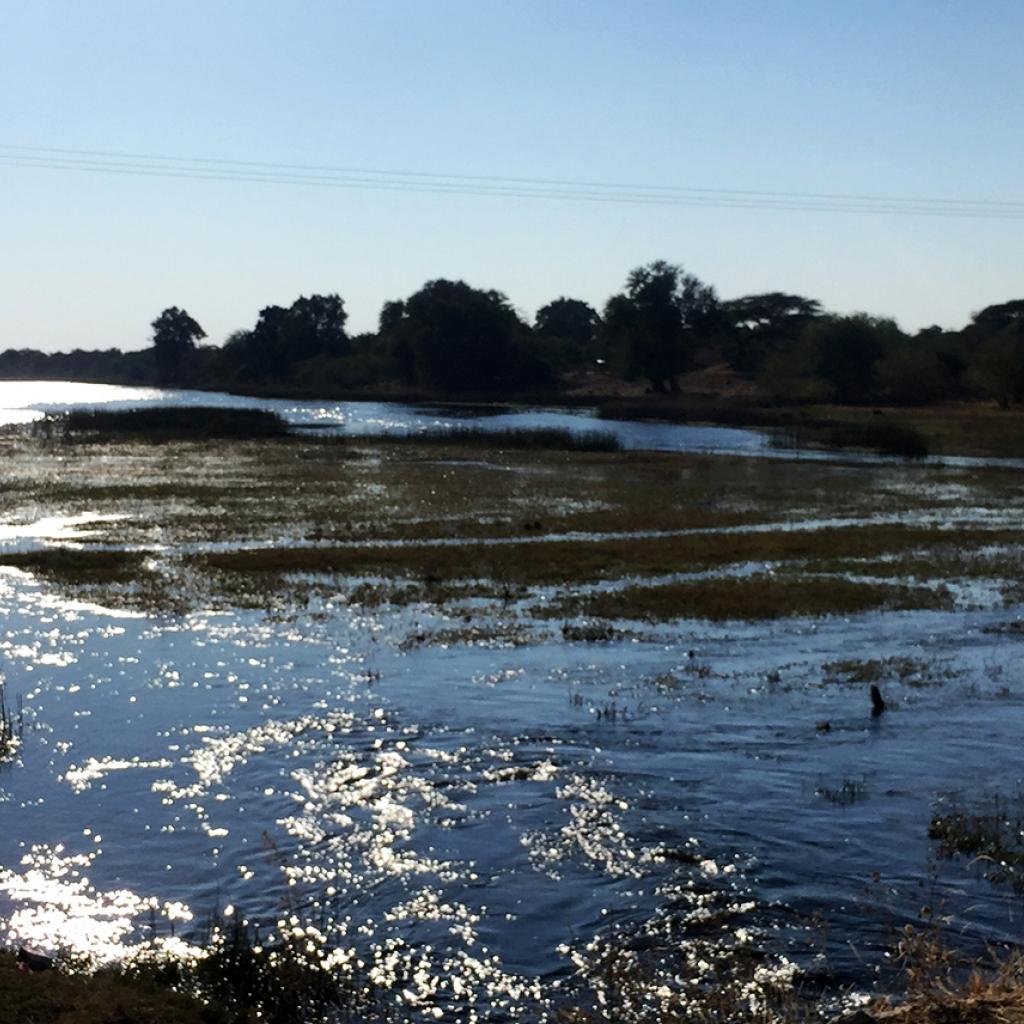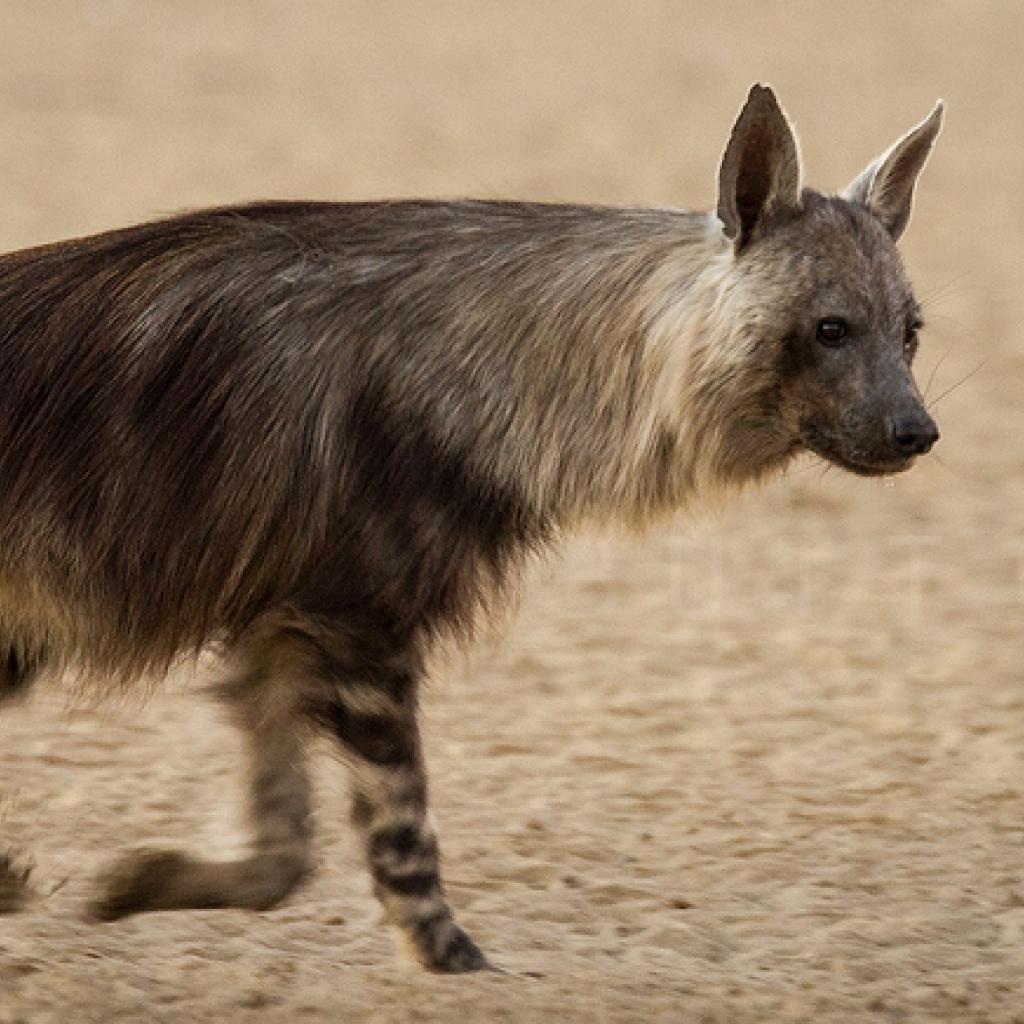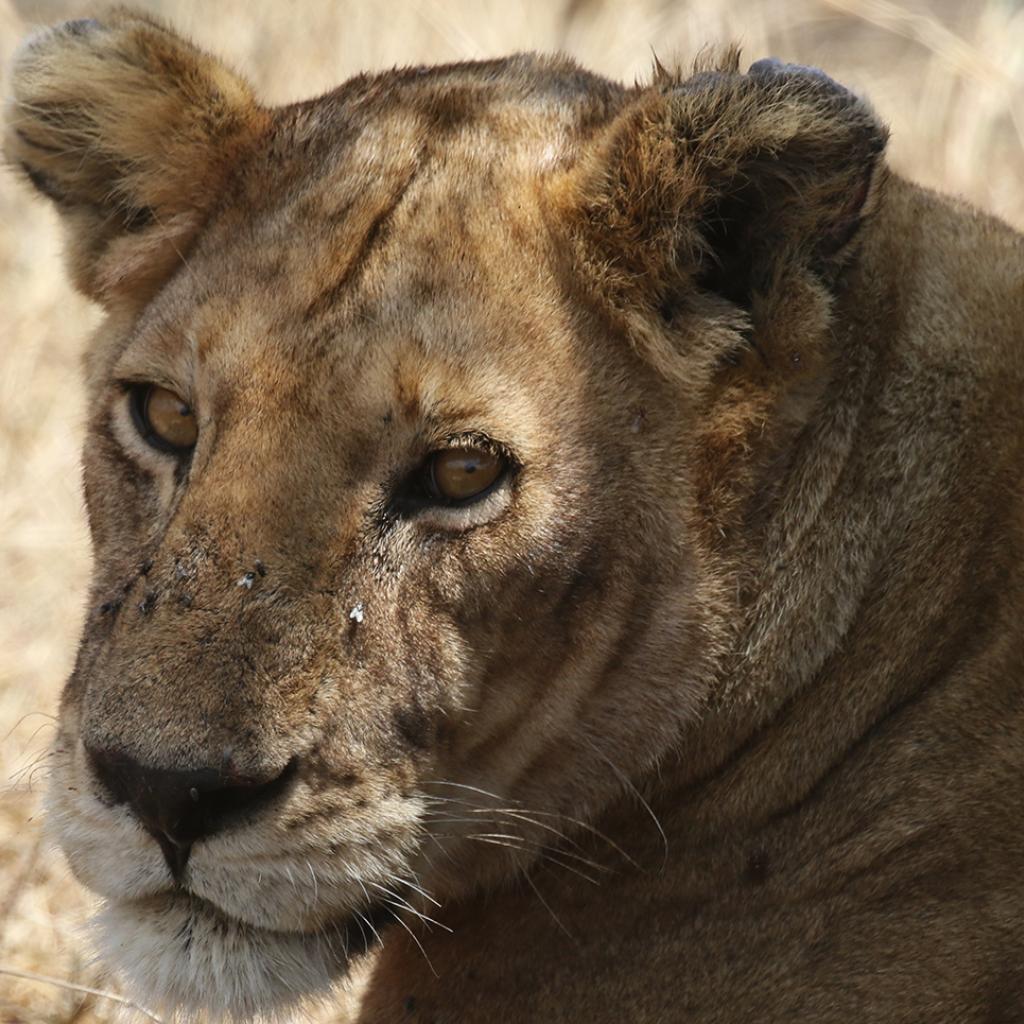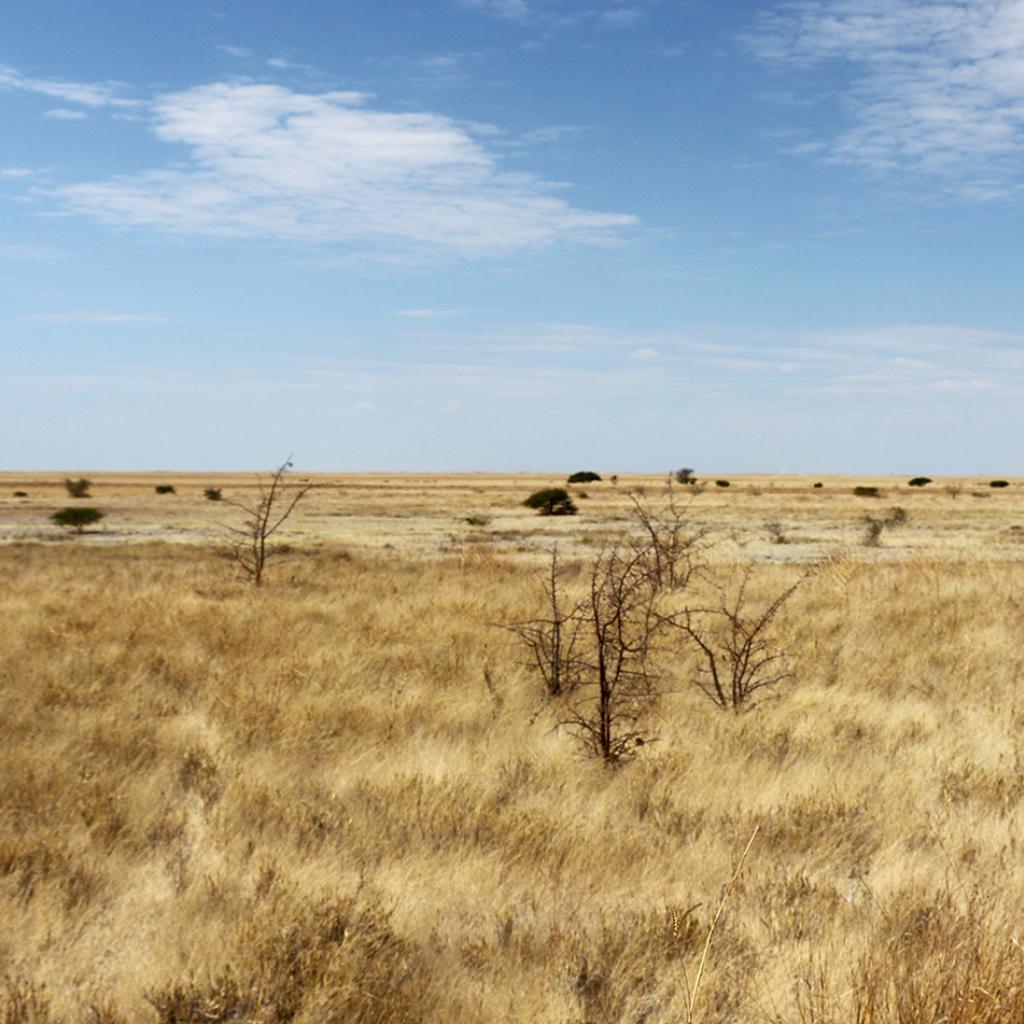The Makgadikgadi Pans National Park in Botswana, like the Makgadikgadi Pans homonymous complex, radically changes with the alternation of seasons.
During the dry season, in the months of May to October, most of the park has a semi-arid climate and only in the area near the Boteti River there is the possibility to find water and lush vegetation; while during the rainy season, during the months of November to April, the vegetation of the entire park is alive and, if the rains are abundant, the salty surface spreads.
Both the dry season and the rainy season are a good time to visit the Makgadikgadi Pans National Park, but it is important to choose the right time based on your interests.
The Makgadikgadi Pans National Park during the dry season
During the dry season, in the months from May to October, the surface of the pan, as it is drenched under the rays of the sun, turns into an expanse of salt and sand; with the passing of months the vegetation, especially in the Eastern part, is dried and the grass of the grasslands is yellow.
The immensity of the huge expanse of salt and its desolation give indescribable emotions.
During this time, it is easier to drive in the park, as the slopes are dry and the risk of remaining trapped in the mud is minimized, especially in the advanced dry season.
In the Western part, thanks to the Boteti River, the vegetation is lush, the presence of water activates a large number of herbivores, especially wildebeests and zebras; in these lands happens one of the largest migration of herbivores, after the Great Migration of the Serengeti Ecosystem.
Many felines move to this area, following their prey.
This is the best time to visit the park in the Western area, where you can make good sightings.
During the day the temperatures are mild, around 20-25 degrees, while at night temperatures fall even below zero.
The Makgadikgadi Pans National Park during the rainy season
During the rainy season, from November to April, the meadows become lush, attracting herds of herbivores, that from the Boteti River move Eastward to get here, some instead move North to the Nxai National Park.
If the rains are abundant, the salty surface of the pan spreads, transforming it into a mirror of water reflecting, right like a mirror, the sky.
This is the best time to spot the animals in this area of the park, but is the time when it is practically impossible to drive because the slopes are covered with water and the salty surface becomes very slippery.
To observe the park in all its beauty you may want to overfly it at low altitudes.
Also in this period, in addition to the resident birds, there are as well species migrating here from the Northern hemisphere and from other parts of the African continent.
During this time of the year, daytime temperatures are usually high, they can exceed 40 degrees, but, unlike in other areas of Botswana, such as the Okavango Delta, the climate is not very humid as the presence of water is relatively small.
